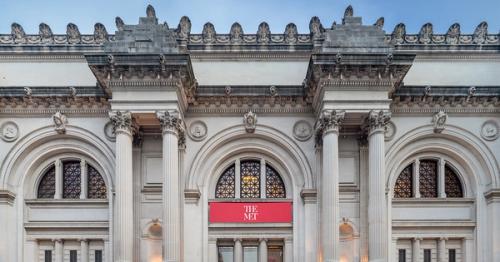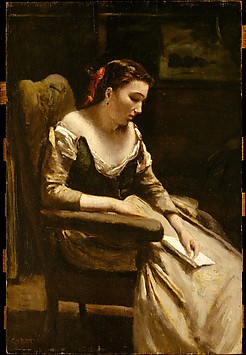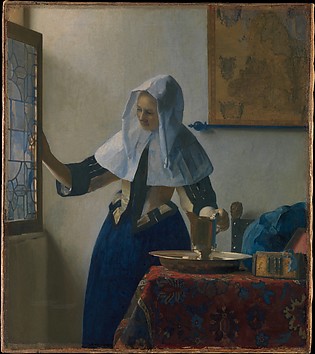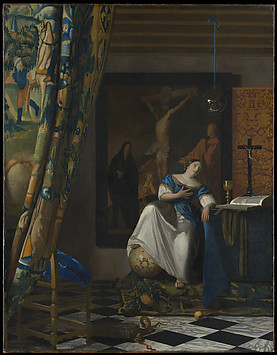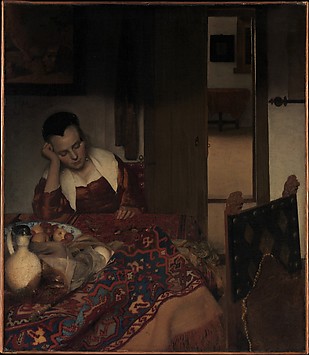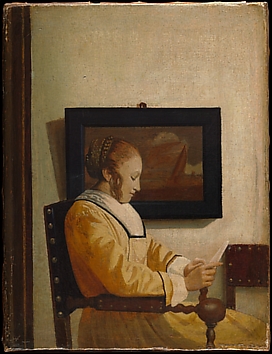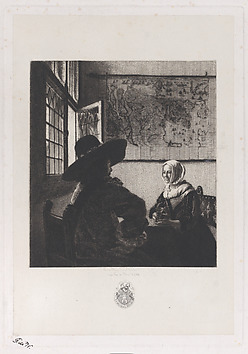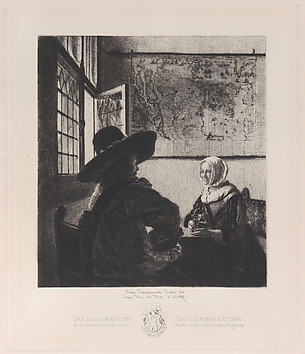Seventeenth-century Delft has often been viewed as a quaint town whose artists painted scenes of domestic life. This important book revises that image, showing that the small but vibrant Dutch city produced a wide range of artworks, including luxurious tapestries and silver objects, as well as sophisticated paintings for the court at The Hague and for patrician collectors in Delft itself. The volume traces the history and culture of Delft from the 1200s through the lifetime of the city's most renowned painter, Johannes Vermeer (1632–1675). Some ninety paintings (sixteen of them by Vermeer), forty drawings, and a choice selection of decorative arts are examined at length and reproduced in full color. The paintings include state portraits, history pictures, still lifes, views of palaces and church interiors, illusionistic murals, and refined genre pictures by Vermeer and Pieter de Hooch. Besides magnificent still lifes, portraits and landscapes, the rich works on paper encompass exquisite drawings by Delft artists on the vellum pages of a presentation album and sketches of the town by visiting artists. Among the decorative arts are tapestries, bronze statuary, silver gilt, Delftware, and glass. Some two hundred additional works, by both Delft artists and masters from other Dutch cities, are also illustrated and discussed. A final essay takes the reader on a walk through seventeenth-century Delft. It is accompanied by maps of the city's neighborhoods that indicate major landmarks and the homes of patrons, art dealers, and artists—who in addition to De Hooch and Vermeer, include Balthasar van der Ast, Leonaert Bramer, Carel Fabritius, Gerard Houckgeest, Michiel van Miereveld, Adam Pynacker, Jan Steen, Willem and Hendrick van Vliet, and Emmanuel de Witte. This handsome book serves as the catalogue for the exhibition "Vermeer and the Delft School" presented from March 8 to May 27, 2001, at The Metropolitan Museum of Art, New York, and from June 20 to September 16, 2001, at The National Gallery, London.
